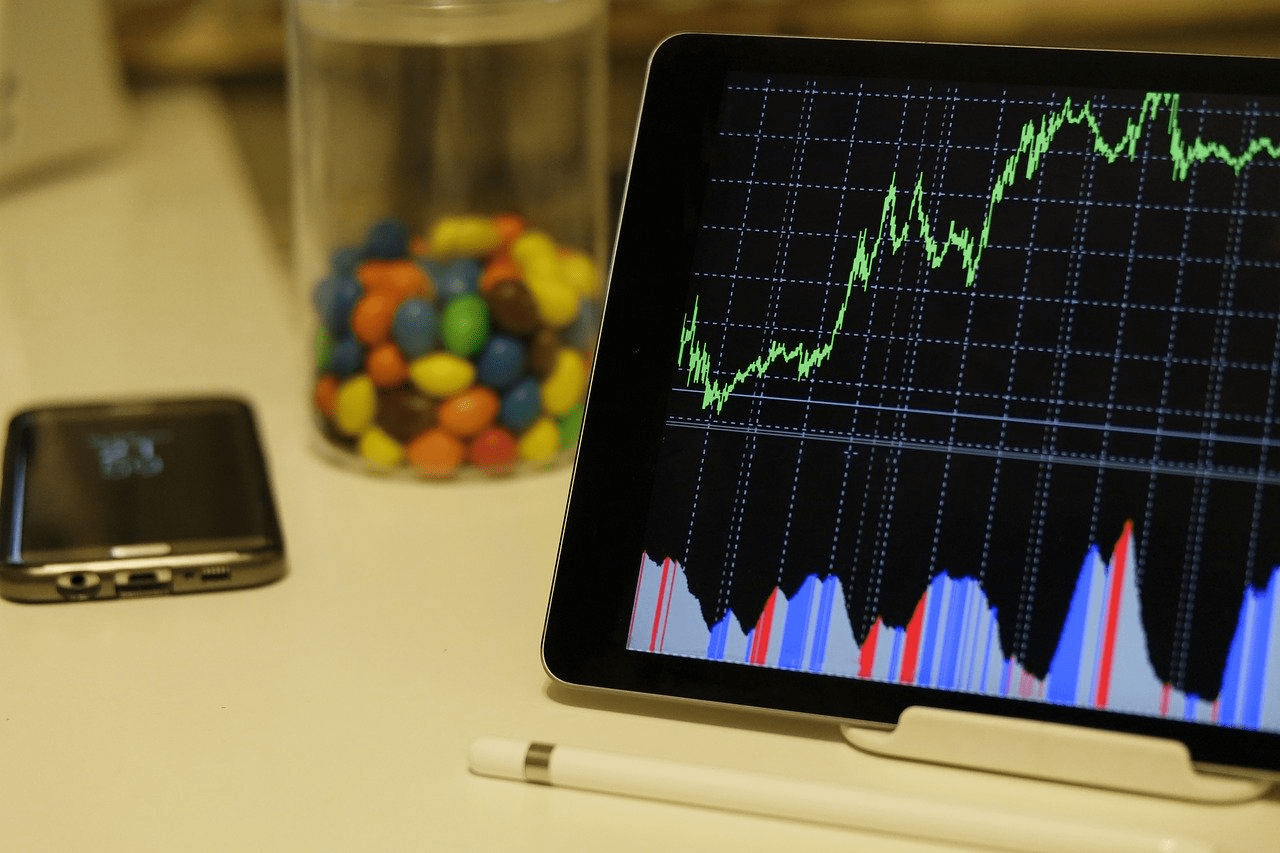Measuring the progress of the project, or a simple task, is obviously critical, but why is it so important to use good software to achieve this?
It probably happened more than once that the project manager was asked the question “So, are we done?” in relation to a project activity or the project itself.
CONTENT
Whether it was brought in by clients, managers, team members or the project manager himself, this situation is not as rare as you might think at first.
During your work you may lose your sense of space and time and forget exactly where you are along the way.
Furthermore, incorrect or deliberately manipulated information can lead to a distorted image of the situation.
This is how project management software becomes vital to measure the progress of a project.
Why is project progress difficult to measure?
Knowing exactly where you are along the path of a project is difficult to measure for several reasons. For example:
- Project progress is much more subjective in nature: this is particularly true if you work in an innovative technological environment where developers can work on a feature indefinitely, with the promise that they are just “on the verge of a breakthrough to complete things”.
- Delayed resources: resources that are working on a certain project activity have been left behind and instead of reporting this, they hide it by being confident that they can recover it. They will go ahead and say that everything is fine, thinking that they can solve the problem by spending a few more hours in the office at the end of the day or working over the weekend. Meanwhile, the project manager will report in his planning file that everything is going according to plan, even if it is not.
- Resources that don’t want to make a bad impression: another reason why manual planning may not be in sync with reality is based on human nature. People don’t like to make a bad impression, and the status of an activity can be “tweaked” slightly so that colleagues and, above all, the project manager have no complaints. From time to time this may not be a big problem, but week after week delays and false information can accumulate and cause significant damage to the project.
Use planning software to measure the progress of the project objectively
After seeing the previous examples, it becomes clear how automated project management software can help to objectively monitor and measure the state of progress of a project.
Below are four ways to measure project progress correctly:
- Make the objectives clear: every activity or milestone must highlight the intended objective or final status. For example, rather than having a loose activity as a “search solution for implementation” indefinitely, it should be precisely referred to as, for example, a “decision made on the solution for implementation”. This implies that this product must be completed and completed within a certain period of time and according to certain criteria.
- Split the activities into small blocks: it’ s better to split results into small blocks of work rather than a big, complex final goal where each team member has the opportunity to be vague about his or her part of the work. It is not efficient to have a unique 6-month task called “product X finished”, which includes a series of tasks that are just as measurable in their own way. This way it is not possible to know what might be off track for a long period of time.
- Allow only 3 status indicators: the team can report on the progress of an activity using only 3 indicators, i.e. not started, ongoing and completed – or any type of indicator that suits the industry. In this way there will be no room for intermediate or loose answers. This black and white approach avoids subjectivity.
- Automation: good project management software provides automatic data collection and analysis. In this way, the team and the project manager can spend their time completing individual activities and keeping the project on track. In addition, the project manager will have the opportunity to see the progress in real time and to intervene in time in case of particular blockages or delays.
These are some examples that show how project management software is important to measure the progress status of a project.
Moreover, a project management software allows you to have a whole range of features that help to maintain efficient work and active and effective communication.
It is worth keeping in mind that it is impossible to improve what cannot be calculated, so using software gives you the opportunity not only to measure the progress of a project, but also to analyze it and implement process improvement strategies where necessary.





